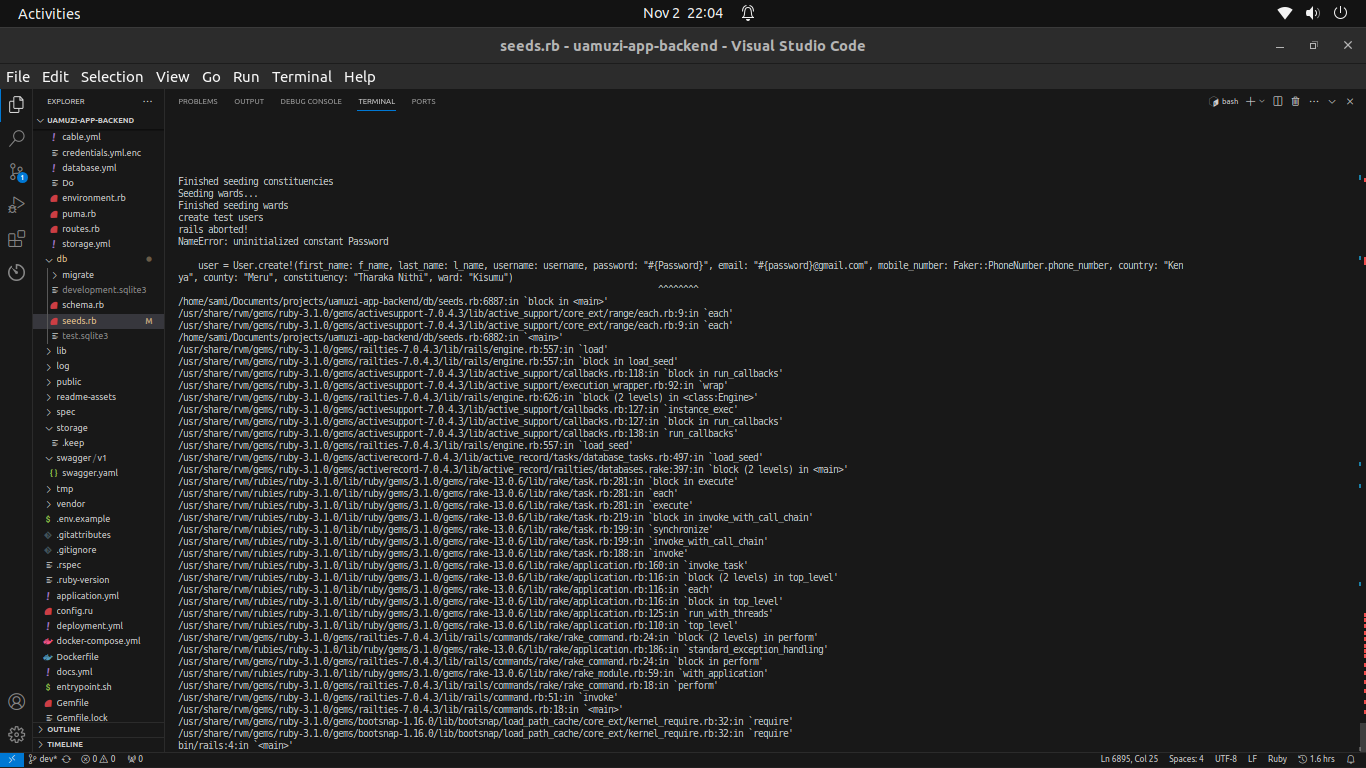Complex design mockups that can be challenging to reproduce in front-end development often involve intricate animations, unconventional layouts, or intricate details. Here are a few examples:
- 3D Animations: Mockups with intricate 3D animations, like rotating objects or complex transitions, can be challenging to implement, especially when trying to ensure smooth performance across various devices.
- Custom Illustrations and Graphics: Detailed and custom illustrations might require a significant amount of time and effort to recreate accurately in code, particularly if they involve intricate patterns or unique stylistic elements.
- Non-standard Typography: Designs with unconventional typography, such as text flowing along irregular paths or using custom fonts that aren’t web-safe, may pose difficulties in achieving consistent rendering across different browsers and platforms.
- Interactive Elements: Mockups featuring advanced interactive elements, like draggable components, complex sliders, or interactive charts, often demand sophisticated JavaScript and might be tricky to make fully responsive.
- Highly Responsive Designs: Designs that need to adapt seamlessly to a wide range of screen sizes and orientations, especially when dealing with intricate layouts, can be challenging to implement while maintaining a polished appearance.
- Microinteractions: Tiny, subtle animations or microinteractions that enhance user experience might require a keen understanding of CSS animations or JavaScript, and recreating them exactly as designed can be intricate.
- Unconventional Layouts: Designs with non-standard grid systems or asymmetrical layouts may require creative solutions in CSS to achieve responsiveness and maintain the intended visual structure.
Remember, the degree of difficulty can vary based on the developer’s experience and the tools/frameworks used. Complex designs often require a balance between aesthetics and feasibility in a real-world development environment.
